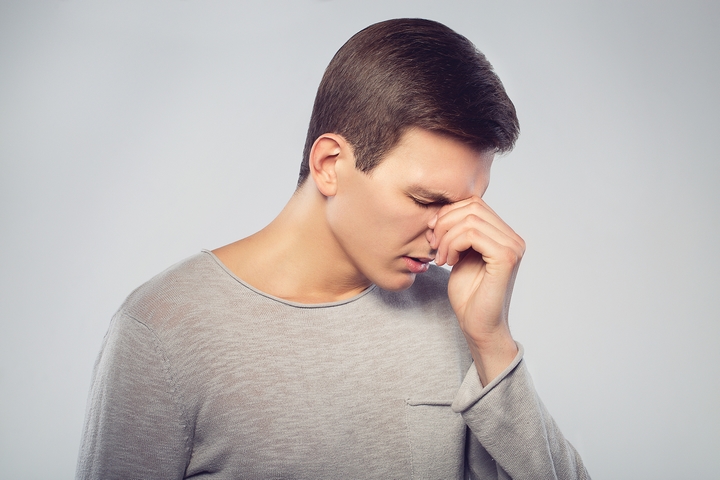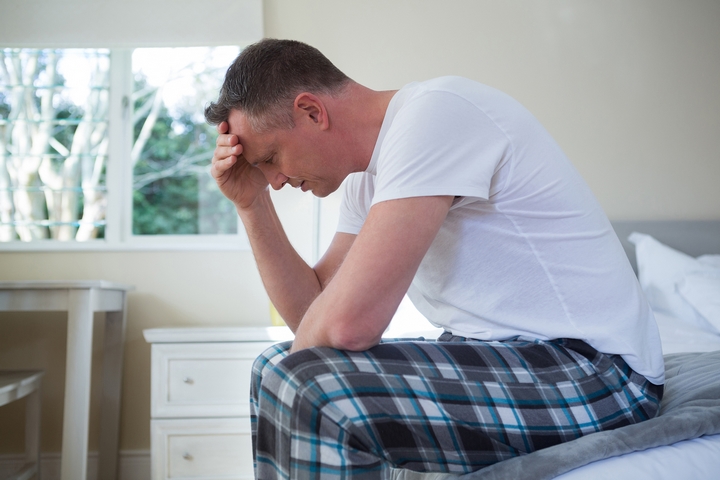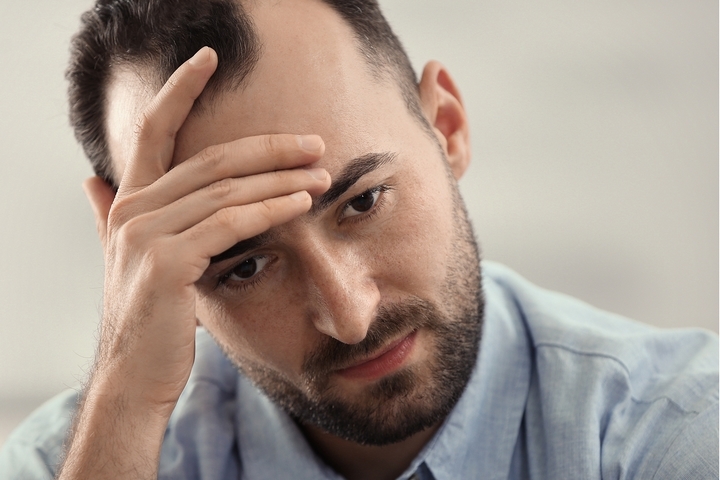5 Different Types Of PTSD and Their Symptoms
When you hear the term PTSD you may think it involves a member of the armed forces coming back from a tour of duty, having undergone extreme trauma. This is true for our service members, but anyone can experience stress disorders.
Post Traumatic Stress Disorder can be difficult to understand, so it’s important to get informed. Experiencing a traumatic event causes suffering from numerous symptoms. Their side effects include distressing recollections and flashbacks, avoidance of activities, and anger or irritation.
Anyone can develop PTSD if they have lived through a traumatic event, but fortunately, much help are available. There are effective strategies to deal with symptoms, like therapy, support groups, and support from PTSD treatment centers Ontario. Ultimately, keeping friends and family close for comfort is beneficial. They can also recognize symptoms and provide loving support while going through and healing from PTSD.
Here are the five different types of PTSD and their commonly experienced symptoms:
Type #1: Normal Stress Response

Most of us experience these types of PTSD when we have an injury or an accident that causes high tension. The symptoms include:
- Tachypea – accelerated breathing and increased heart rate
- Fatigue
- Headaches
- Goosebumps
- Upset digestive track
These come from the body releasing stress hormones, and you get that fight or flight response. You can also have psychological symptoms like anxiety, insomnia and moodiness.
The best treatment is usually having loving support from family and friends and even talking to a professional in therapy, both individual or group. It’s a natural response that someone has when having this event in their lives. PTSD starts with a normal stress response, but it doesn’t always evolve into that.
Type #2: Acute Stress Disorder

Acute stress disorder is an intense, unpleasant reaction that begins shortly after a traumatic event and is a condition that manifests within four weeks.
Their reaction to the event can be mental, physical and emotional, and they should be treated, so it doesn’t lead to PTSD. A loss of a loved one, a car accident, and other factors can trigger this disorder, and getting therapy along with medication will greatly help.
They will experience a cluster of symptoms, including recurring and uncontrollable memories of the event and may think they are experiencing the trauma over and over through flashbacks. Irritability, difficulty concentrating and sleep disturbance are signs of acute distress disorder. When either of these stress disorders is not treated or if the traumatic event was severe, it can develop into these types of PTSD.
Type #3: Uncomplicated PTSD

When a person’s extreme anxiety is linked to one specific traumatic event, it is called uncomplicated PTSD. It is treatable and easier to recover from than other forms of PTSD.
Someone who suffers from uncomplicated PTSD may show symptoms including:
- Flashbacks of the event
- Avoidance of anything that reminds them of the trauma
- Irritability and other mood changes
- Recurring nightmares
- Changes in their relationships
Uncomplicated PTSD is a stand-alone stress disorder not combined with other mental health issues like depression. There is a great success for recovery by treating it with therapy and prescribed medication.
Type #4: Complex PTSD

Complex PTSD is the opposite of uncomplicated PTSD. It develops from multiple traumas in someone’s life. It is common in someone who undergoes domestic violence or abuse and a person having multiple traumatic exposures during combat.
A person diagnosed with complex PTSD will have the same symptoms as above but may also develop a dissociate disorder or antisocial disorder. They may also be more aggressive and abuse substances or be overly sexual. Rage and panic attacks can also develop. More intense therapy is required with a longer-term medication strategy.
Type #5: Comorbid PTSD

When someone has several mental health disorders and suffers from them simultaneously, it is called comorbid PTSD. The more commonly associated disorders are alcohol and drug abuse, anxiety disorders, chronic pain and depression. It is harder to treat because of more severe symptoms and higher levels of other behaviours like dissociation, self-destructive behaviour and suicidality. They may also experience somatization with bodily symptoms of pain.
Some people try to treat this on their own by self-medicating with drugs and alcohol, but it will only prolong the treatment and may even make their condition worse.
Risk factors for PTSD

Regardless which type of PTSD you experience, there are certain triggers or environments that can aggravate the condition. These risk factors of PTSD include:
- Military combat
- First responder
- Physical and mental abuse
- Accidents
- Any sexual violence
- Physical assaults
- Other mental disorders
- Substance abuse
If the trauma was severe and lasted for a long time, you may develop PTSD, but not everyone who goes through a traumatic event will get it. Proper treatment with therapy and medication will help people get through this, but it may take time. They need support from family and friends and can also do many things to help them.
Diet is important as well as exercise to keep you healthy. Getting the proper amount of sleep is necessary, and avoiding stressful situations is crucial.

